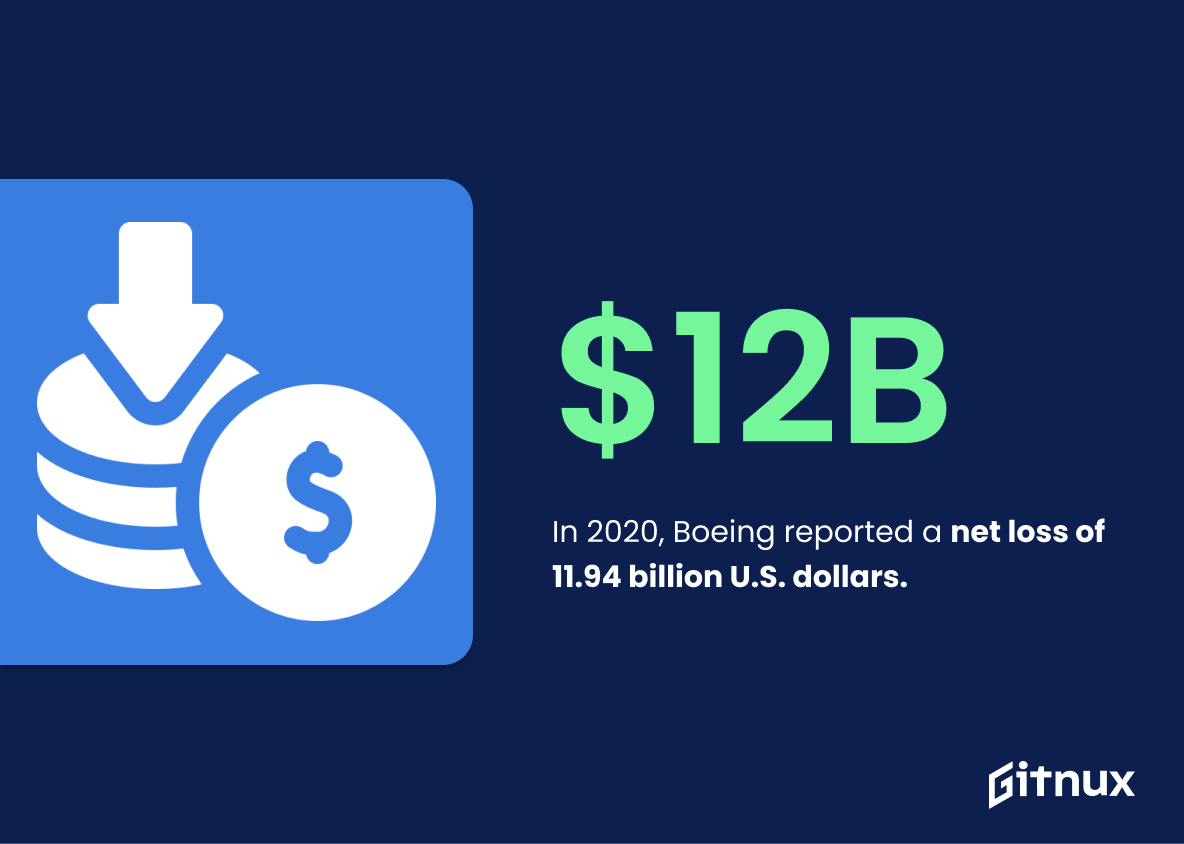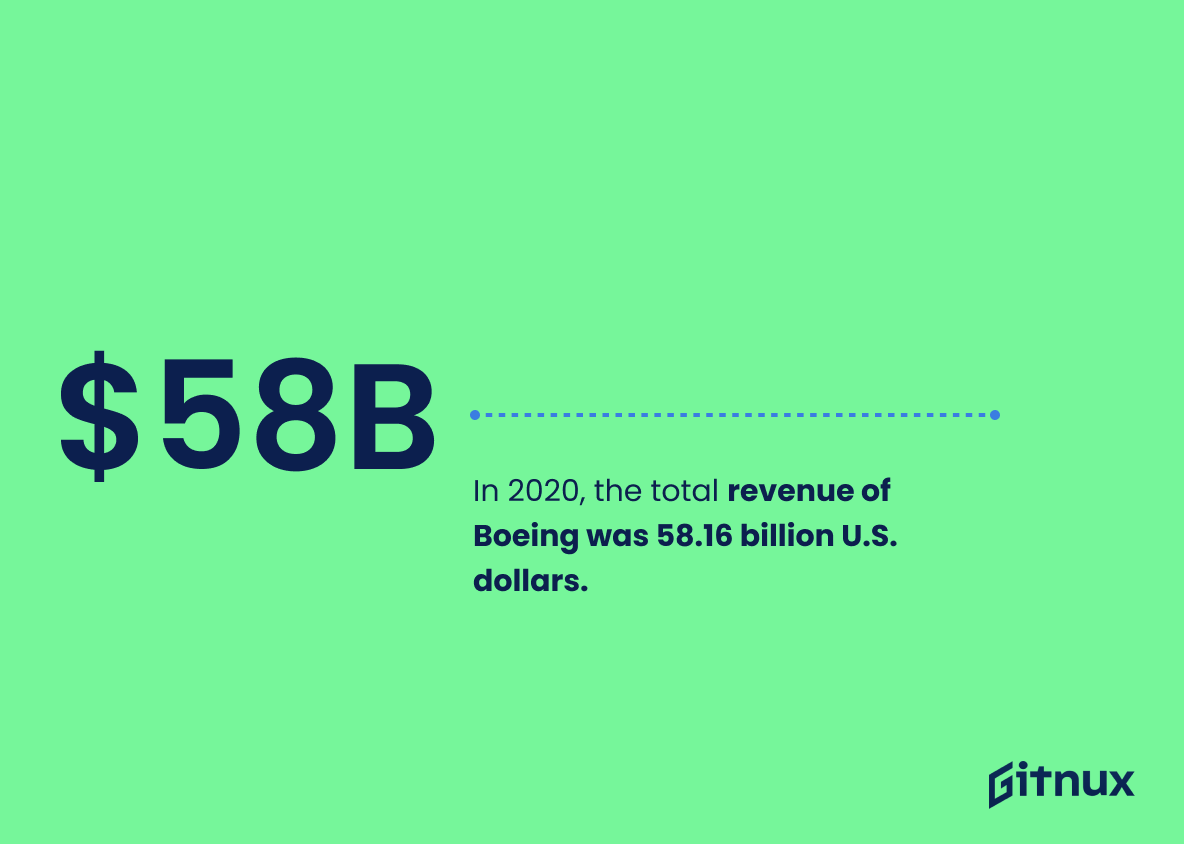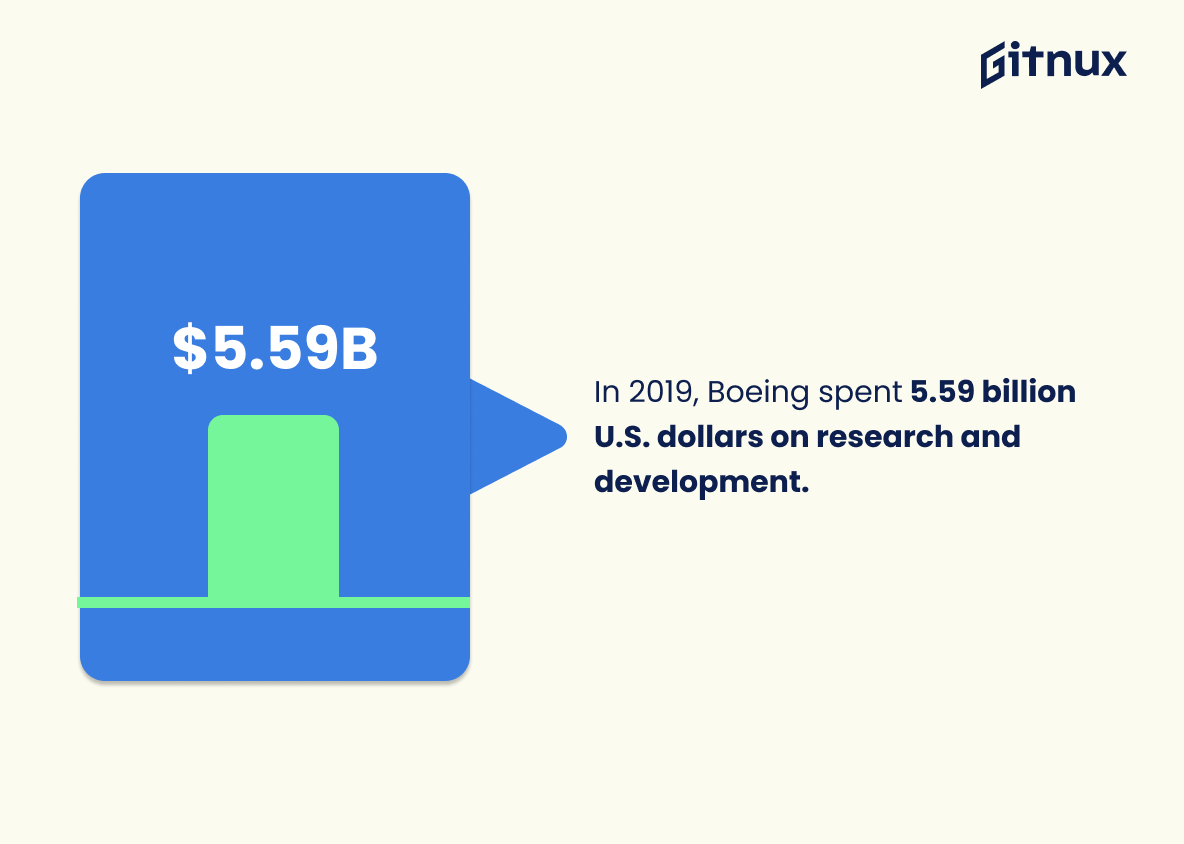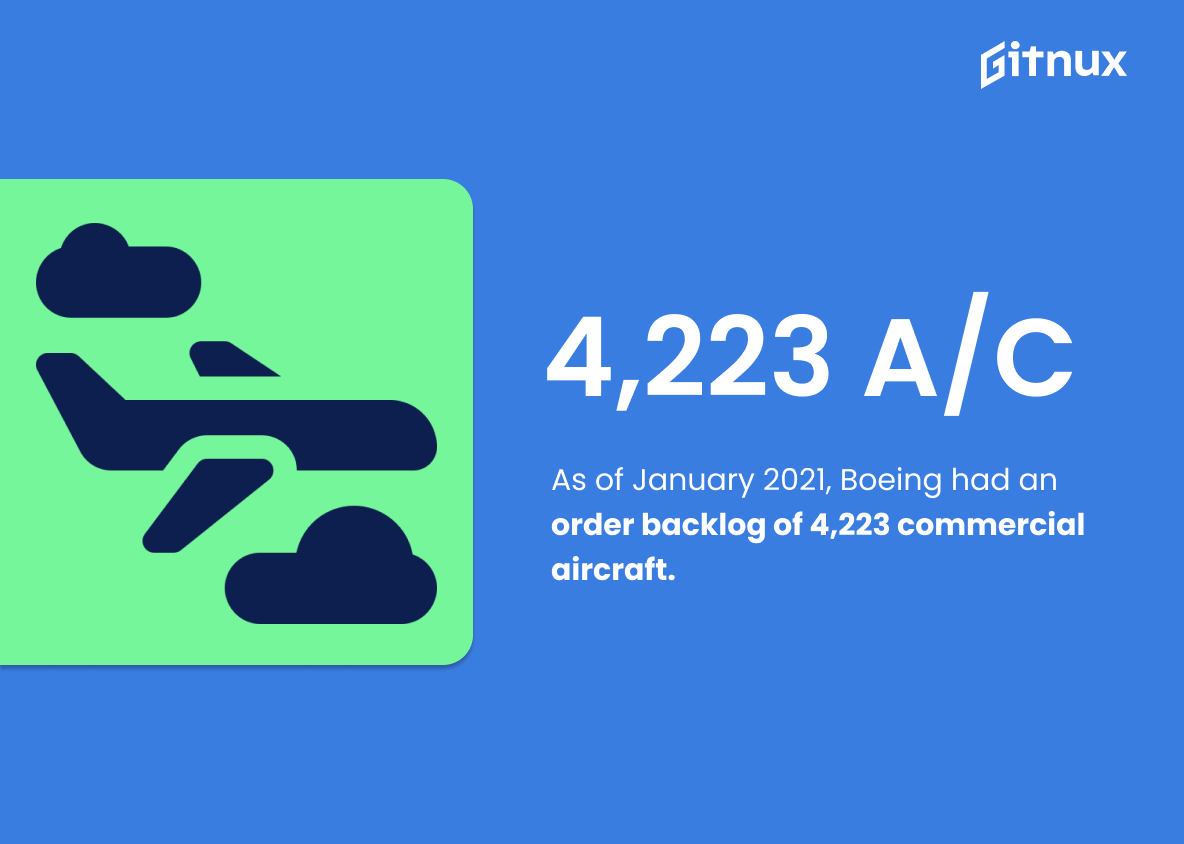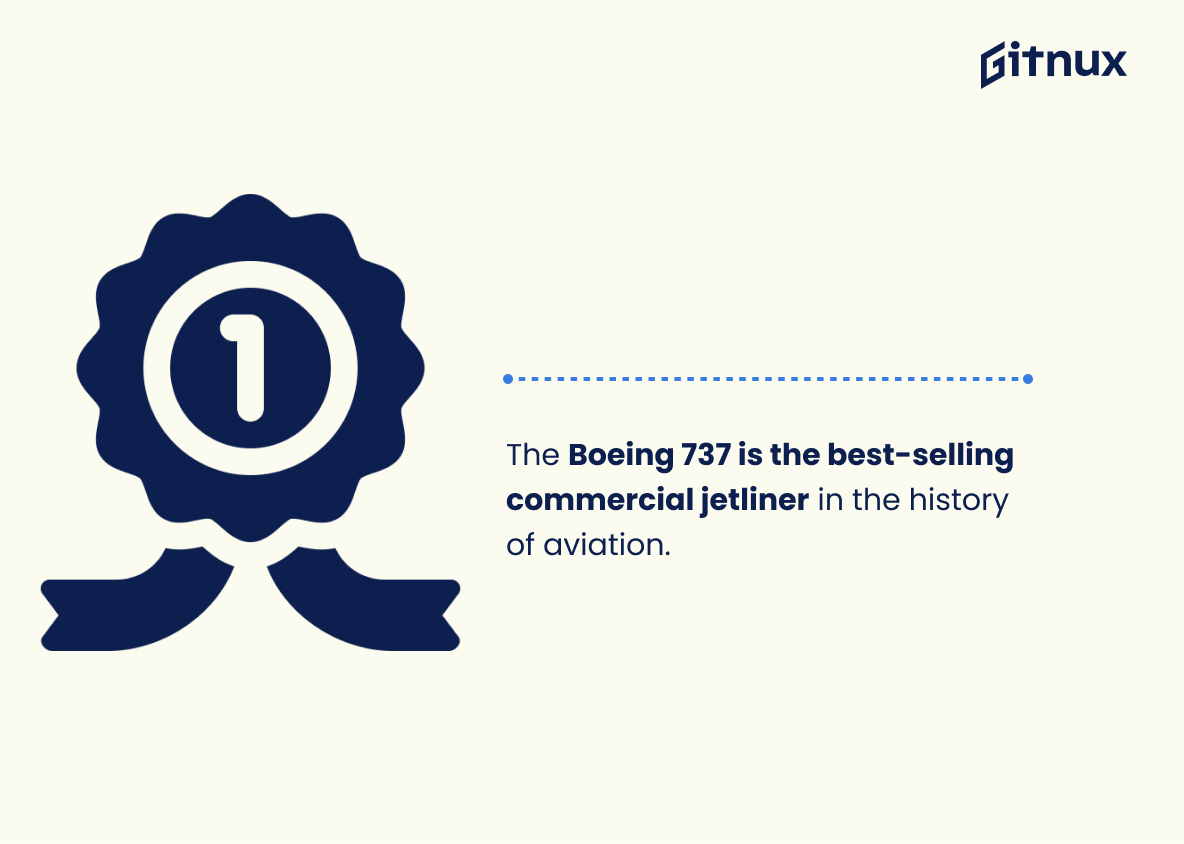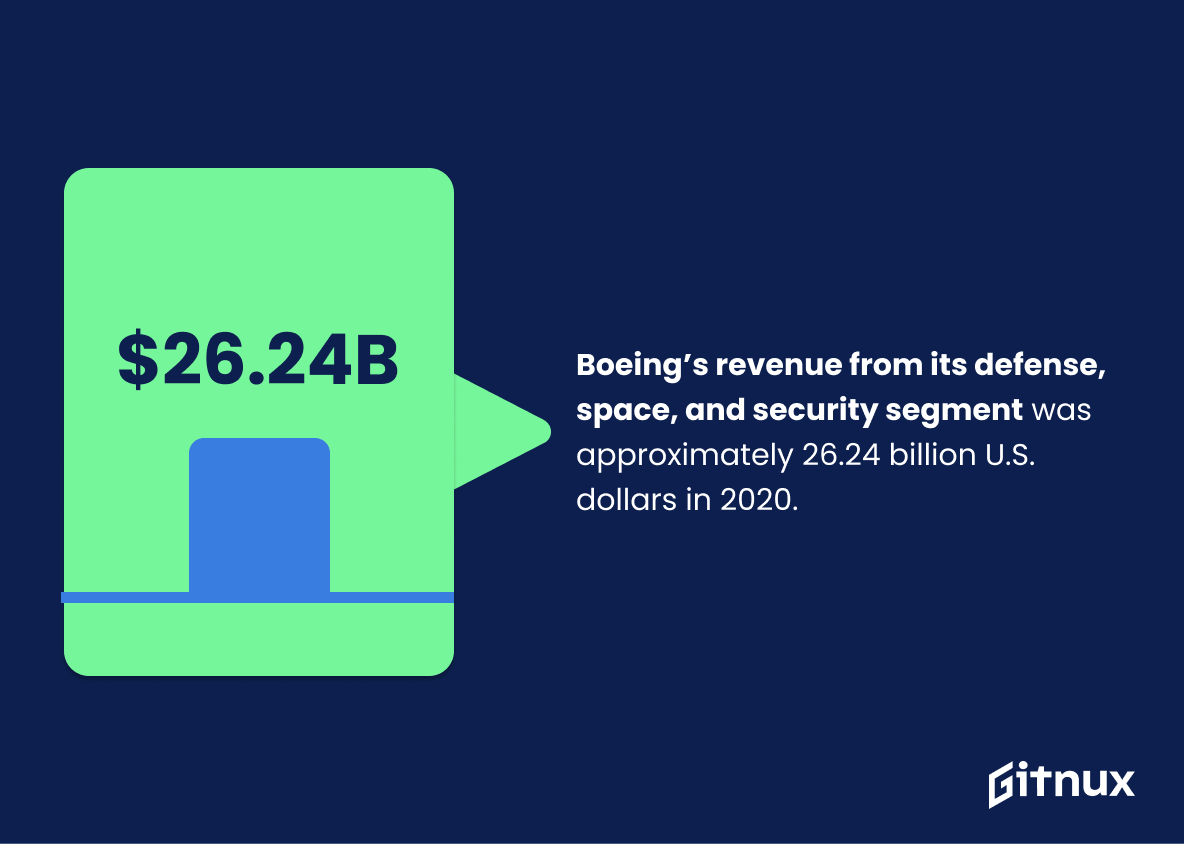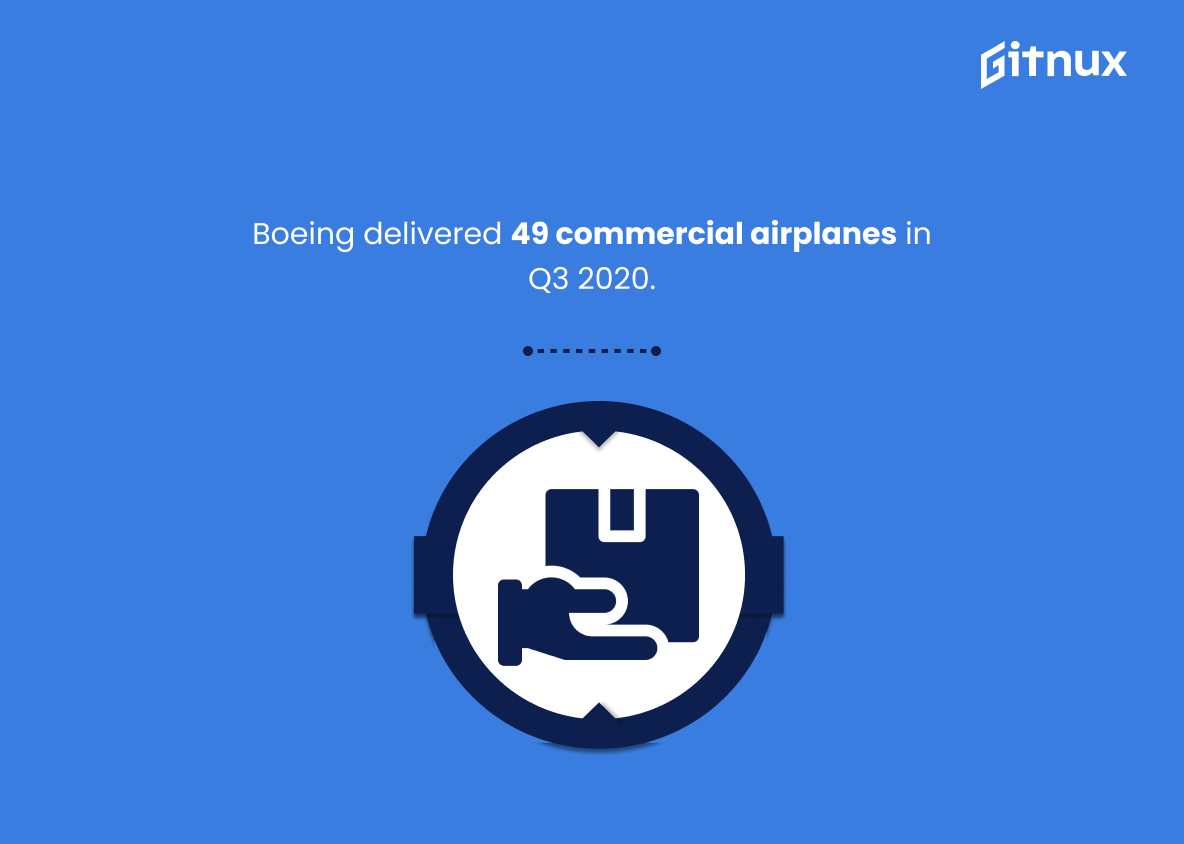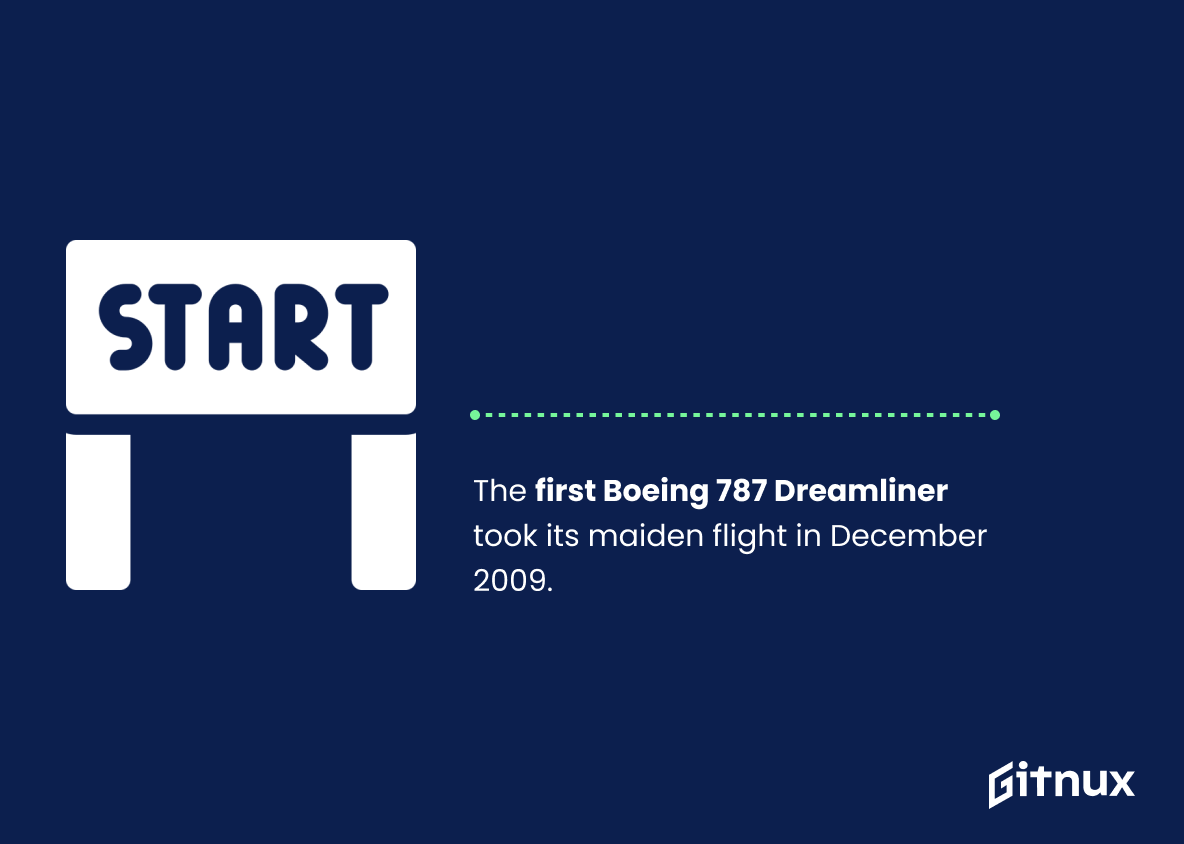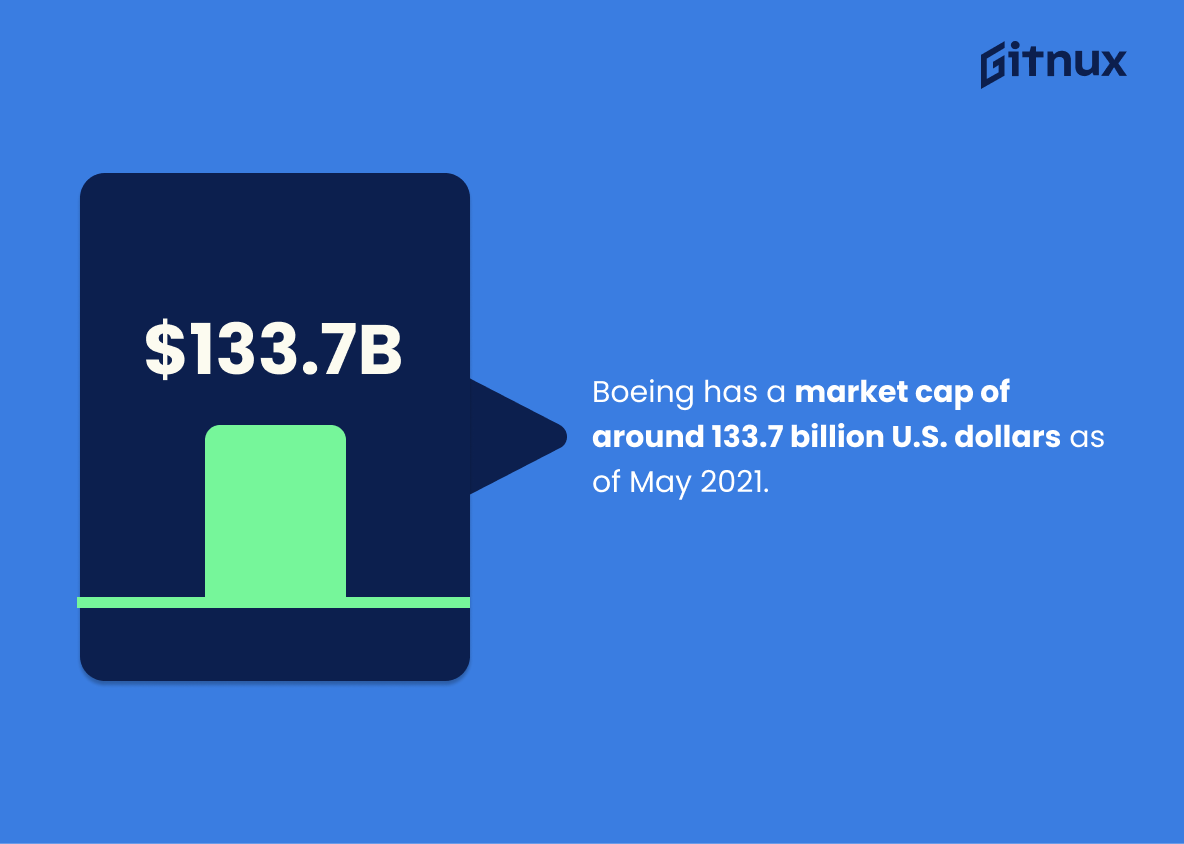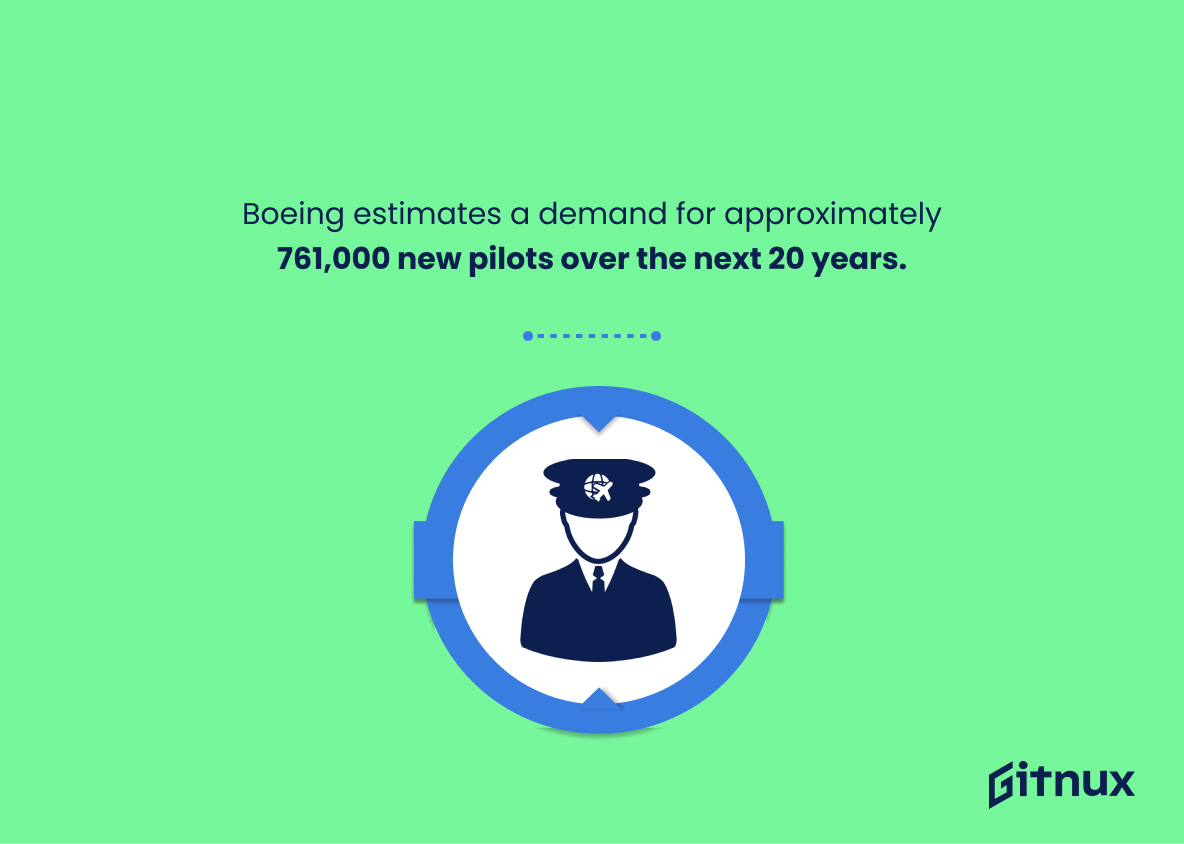Boeing is one of the world’s leading aerospace companies, with a long history and impressive achievements. From its 10,507 Boeing 737 aircraft in service around the world to its 141,000 employees worldwide and 4,223 commercial aircraft order backlog as of January 2021 – there are many fascinating statistics about this company that can be explored. In 2020 alone it reported a net loss of 11.94 billion U.S dollars while also delivering 49 commercial airplanes in Q3 2020; not to mention signing a contract with NASA for their Artemis program worth 970M U.S dollars.
In addition to these facts we will explore other interesting stats such as the fuel efficiency improvement on their 737 MAX model compared to previous models (14%), how much they spent on research & development (5.59 billion US Dollars) and even what speed The Boeing F/A-18E/F Super Hornet has at sea level (1,190 mph). We’ll also look into why The Boeing 747 can host up to 660 passengers or why it was named ‘The best selling commercial jetliner’ by BBC News back in 2017 – just some examples from our list of 20 amazing facts about this incredible company. So let’s dive right into exploring all these exciting numbers behind Boeing.
This statistic is a testament to Boeing’s success and influence in the aerospace industry. It speaks to the company’s size, reach, and capabilities, and serves as a reminder of the impact Boeing has had on the industry. It is a powerful reminder of the company’s importance and its ability to shape the future of aerospace.
As of December 2020, there were 10,507 Boeing 737 aircraft in service around the world.
This statistic is a testament to the success of the Boeing 737 aircraft, which has become one of the most widely used aircraft in the world. It is a reflection of the trust and reliability that airlines have placed in the Boeing 737, and it is a testament to the company’s ability to produce a reliable and efficient aircraft. This statistic is an important part of any discussion about Boeing and its success in the aviation industry.
Boeing Statistics Overview
In 2020, Boeing reported a net loss of 11.94 billion U.S. dollars.
This statistic is a stark reminder of the financial impact of the COVID-19 pandemic on Boeing. It highlights the immense losses the company has suffered in 2020, and serves as a warning of the potential economic consequences of the pandemic.
The Boeing 747 can host up to 660 passengers.
This statistic is a testament to the sheer size and capacity of the Boeing 747, highlighting its impressive ability to transport up to 660 passengers at once. This impressive capacity makes the Boeing 747 an ideal choice for large-scale air travel, making it a popular choice for airlines and travelers alike.
In 2020, the total revenue of Boeing was 58.16 billion U.S. dollars.
This statistic is a testament to the success of Boeing in 2020, despite the challenges posed by the global pandemic. It shows that the company was able to remain profitable and continue to generate revenue, even in the face of adversity. This is a testament to the strength of the company and its ability to adapt to changing conditions.
In 2019, Boeing spent 5.59 billion U.S. dollars on research and development.
This statistic is a testament to Boeing’s commitment to innovation and progress. By investing 5.59 billion U.S. dollars into research and development, Boeing is demonstrating its dedication to staying ahead of the curve and continuing to provide the best products and services to its customers. This statistic is a clear indication of Boeing’s commitment to staying at the forefront of the industry.
Boeing has approximately 141,000 employees worldwide.
This statistic is a testament to the sheer size and scope of Boeing’s operations. It speaks to the company’s global reach and its ability to employ a vast number of people in a variety of roles. It also serves as a reminder of the importance of the aerospace industry and the impact it has on the global economy.
As of January 2021, Boeing had an order backlog of 4,223 commercial aircraft.
This statistic is a testament to the enduring demand for Boeing’s commercial aircraft, indicating that the company is still a major player in the aviation industry. It also serves as a reminder of the company’s impressive production capabilities, as it has managed to keep up with the demand for its aircraft despite the challenges posed by the COVID-19 pandemic.
The Boeing F/A-18E/F Super Hornet has a speed of 1,190 mph (1,915 km/h) at sea level.
The speed of the Boeing F/A-18E/F Super Hornet is a testament to the engineering prowess of Boeing, showcasing their ability to create a powerful and reliable aircraft. This statistic is a reminder of the impressive capabilities of Boeing and the quality of their products.
The Boeing 737 is the best-selling commercial jetliner in the history of aviation.
This statistic is a testament to the success of Boeing’s 737 model, highlighting its immense popularity and success in the aviation industry. It is a powerful reminder of the company’s long-standing commitment to innovation and excellence, and serves as a reminder of the company’s impressive legacy. This statistic is an important part of any discussion about Boeing’s success and its place in the history of aviation.
Boeing’s revenue from its defense, space, and security segment was approximately 26.24 billion U.S. dollars in 2020.
This statistic is a testament to the success of Boeing’s defense, space, and security segment in 2020. It highlights the company’s ability to remain profitable despite the economic downturn caused by the COVID-19 pandemic. It also demonstrates the strength of Boeing’s products and services in the defense, space, and security sectors, which are essential for national security and global stability.
Boeing delivered 49 commercial airplanes in Q3 2020.
This statistic is a telling indication of Boeing’s performance in Q3 2020, providing insight into the company’s ability to produce and deliver commercial airplanes during a time of economic uncertainty. It is a key metric for understanding the health of the aviation industry and the success of Boeing’s operations.
Boeing plans to reduce their workforce by approximately 10% in response to the COVID-19 crisis.
This statistic is a stark reminder of the devastating impact the COVID-19 crisis has had on the aviation industry. It highlights the need for Boeing to make difficult decisions in order to remain competitive and protect its workforce. It also serves as a warning to other companies in the industry that they may need to make similar cuts in order to survive the pandemic.
The Boeing 737 MAX has a fuel efficiency improvement of 14% over previous models.
This statistic is a testament to the progress Boeing has made in terms of fuel efficiency. It shows that the company is committed to reducing its environmental impact and is taking steps to make its aircraft more efficient. This is an important statistic to consider when discussing Boeing’s commitment to sustainability and its overall impact on the environment.
The first Boeing 787 Dreamliner took its maiden flight in December 2009.
This statistic is a milestone in the history of Boeing, as it marks the first flight of the revolutionary 787 Dreamliner. It is a testament to the company’s commitment to innovation and progress, and serves as a reminder of the incredible feats of engineering and design that Boeing has achieved over the years. As such, it is an important statistic to include in a blog post about Boeing Statistics.
Boeing has a market cap of around 133.7 billion U.S. dollars as of May 2021.
The market cap of Boeing is a telling statistic that speaks volumes about the company’s financial health and success. It is a reflection of the company’s overall value and its ability to generate profits and remain competitive in the market. This figure is an important indicator of the company’s performance and can be used to gauge its future prospects. As such, it is an essential statistic to consider when discussing Boeing’s success and potential.
Boeing estimates a demand for approximately 761,000 new pilots over the next 20 years.
This statistic is a testament to the immense growth potential of the aviation industry. With a projected need for 761,000 new pilots over the next two decades, it is clear that Boeing is expecting a significant increase in air travel and the need for skilled pilots to meet the demand. This statistic is a reminder of the importance of investing in the future of the aviation industry and the need to ensure that the necessary resources are available to meet the growing demand.
The estimated cost to build a 777X, Boeing’s newest variant of the 777, is between 375M to 425M U.S. dollars.
This statistic is a testament to the immense investment Boeing has made in the 777X, its newest variant of the 777. It speaks to the company’s commitment to innovation and its dedication to providing the highest quality aircraft to its customers. This statistic is a powerful reminder of the immense resources and effort Boeing has put into creating a product that will revolutionize the aviation industry.
In 2020, Boeing signed a contract with NASA for the Artemis program’s lunar lander, worth approximately 970M U.S. dollars.
This statistic is a testament to Boeing’s commitment to the Artemis program and its mission to explore the moon. It highlights the company’s dedication to space exploration and its willingness to invest in the future of space travel. It also demonstrates Boeing’s financial strength and ability to secure large contracts, which is a testament to its success in the aerospace industry.
In 2019, Boeing accounted for about 43% of the global aircraft production market.
This statistic is a testament to Boeing’s dominance in the global aircraft production market. It highlights the company’s impressive market share and its ability to remain a leader in the industry. This statistic is an important indicator of Boeing’s success and provides insight into the company’s competitive advantage.
Conclusion
Boeing is a global leader in the aerospace industry, with 10,507 Boeing 737 aircraft currently in service around the world. In 2020, they reported a net loss of 11.94 billion U.S. dollars and total revenue of 58.16 billion U.S. dollars despite spending 559 million on research and development that year alone; however their order backlog remains strong at 4223 commercial aircraft as of January 2021 and their market cap stands at 133.7 billion U..S dollars as of May 2021.
They have approximately 141,000 employees worldwide who are responsible for producing some impressive products such as the 747 which can host up to 660 passengers or the F/A-18E/F Super Hornet which has an incredible speed of 1,190 mph (1,915 km/h) at sea level – not to mention being contracted by NASA for 970M US Dollars worth lunar lander project under Artemis program. With all these facts taken into consideration it’s clear why Boeing is considered one of the most successful companies in aviation history – from its best selling commercial jetliner ever made (the 737), to its fuel efficiency improvements over previous models like those seen with 777Xs estimated cost between 375M-425M USD , there’s no doubt that this company will continue leading innovation within aerospace technology well into future years ahead.
References
0. – https://www.boeing.com
1. – https://www.nationalgeographic.com
2. – https://www.aircraftcompare.com
3. – https://www.nasa.gov
4. – https://www.bloomberg.com
5. – https://www.macrotrends.net
6. – https://www.bbc.com
7. – https://www.statista.com
